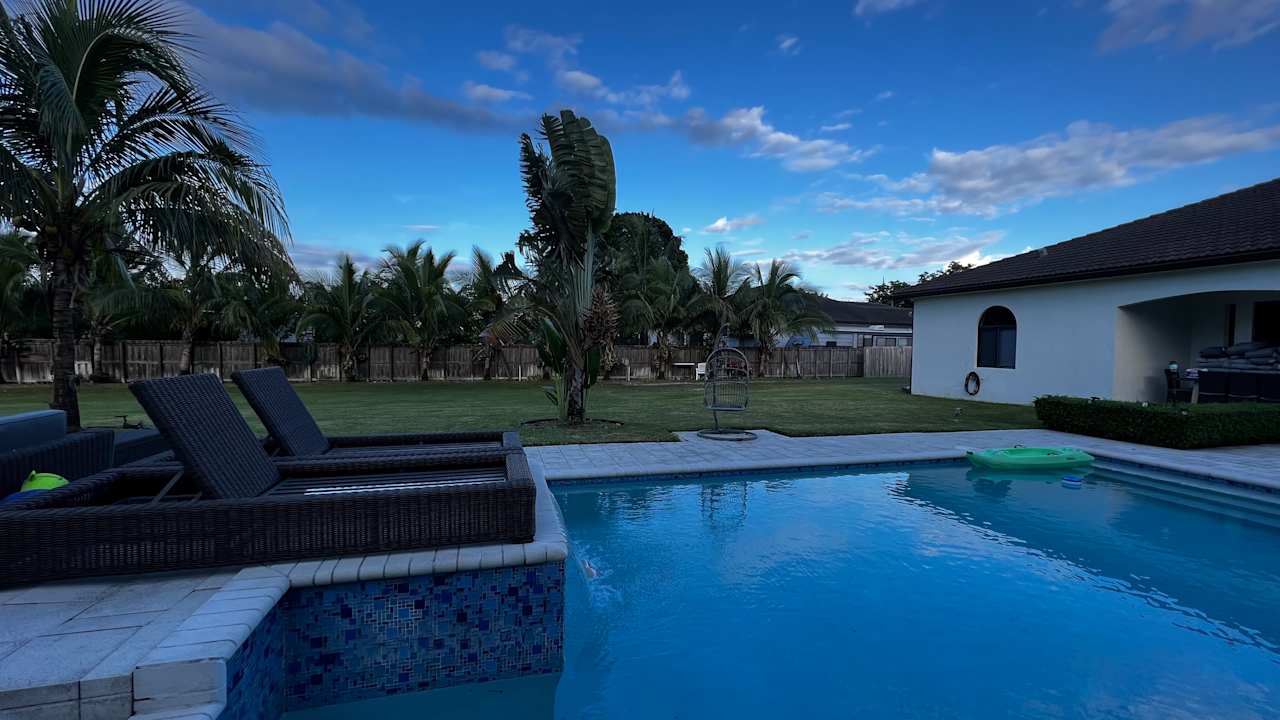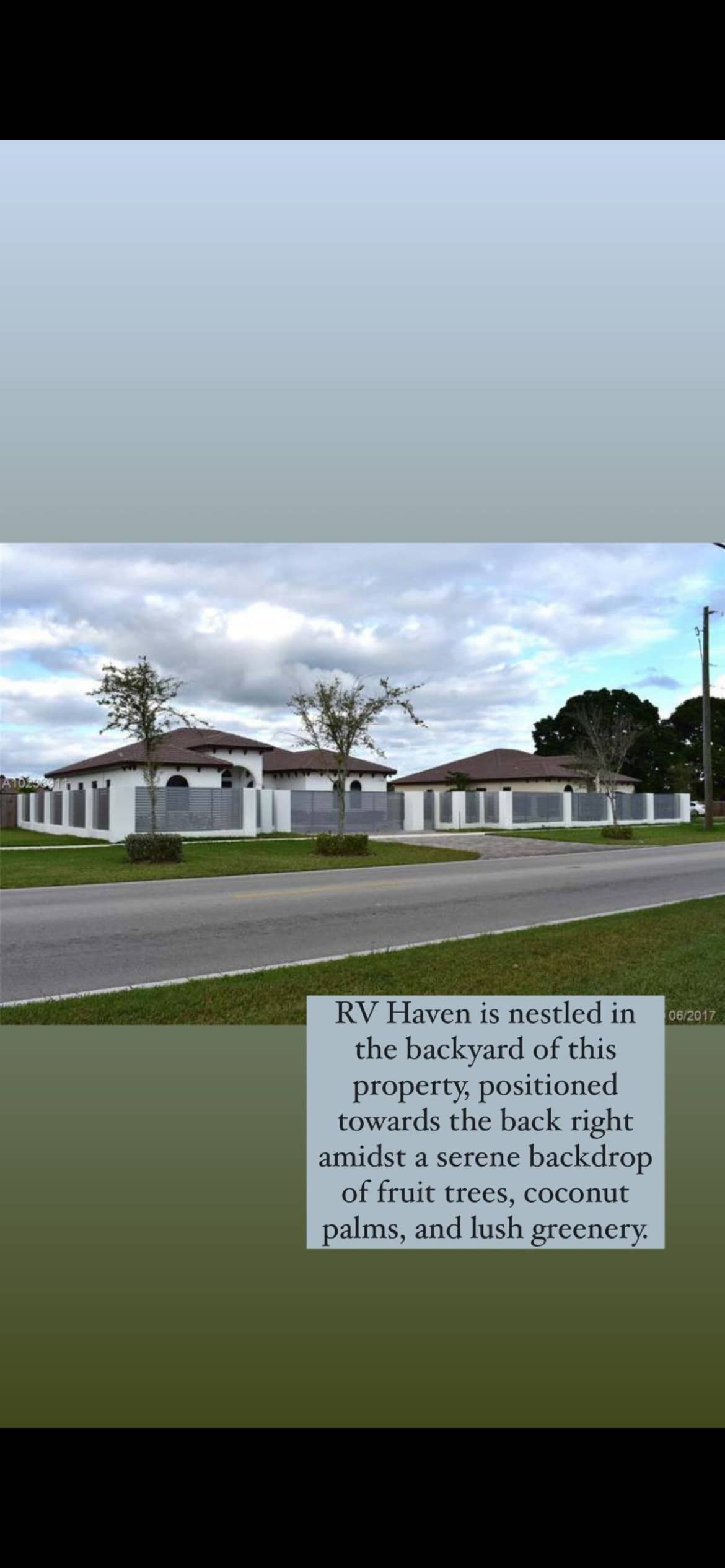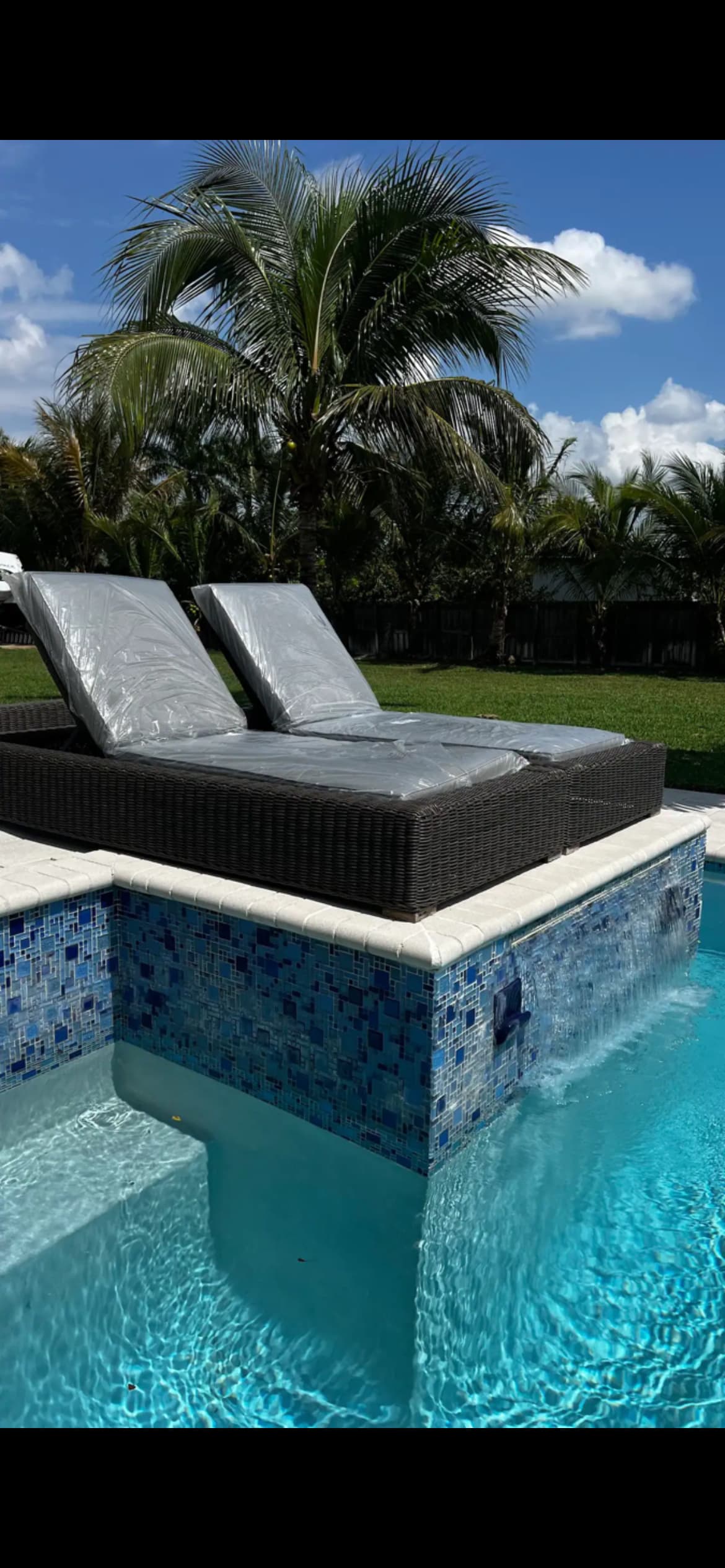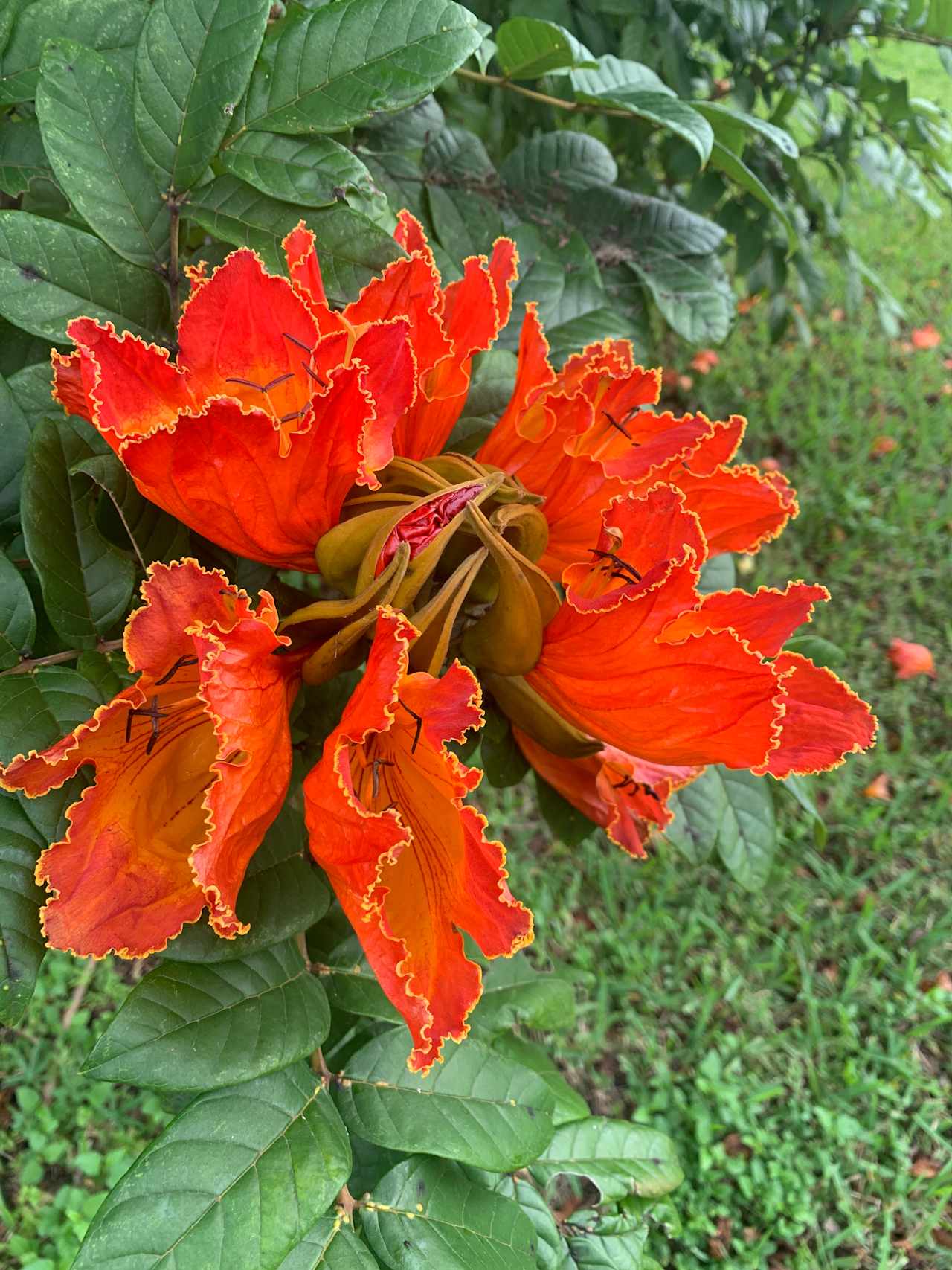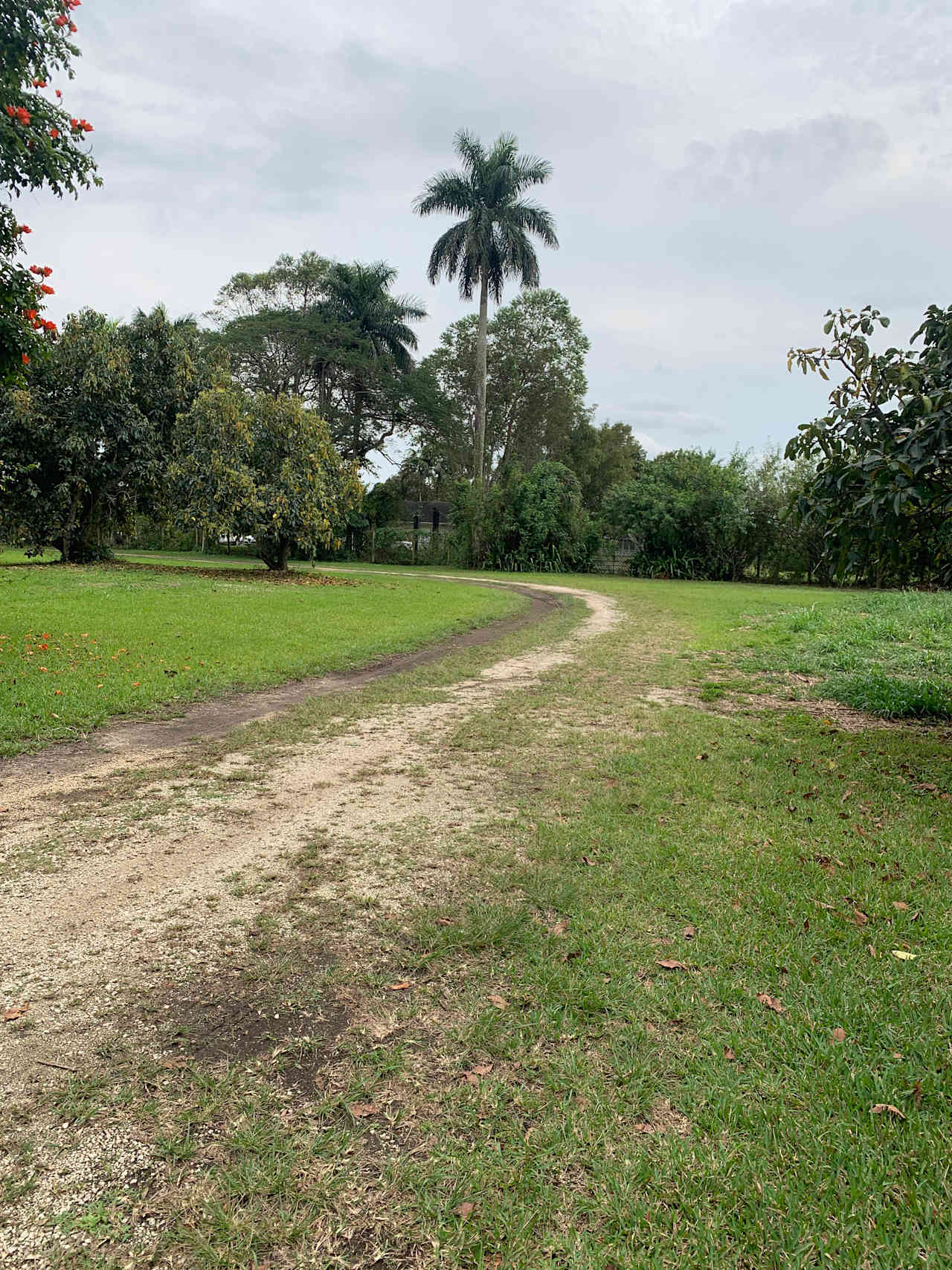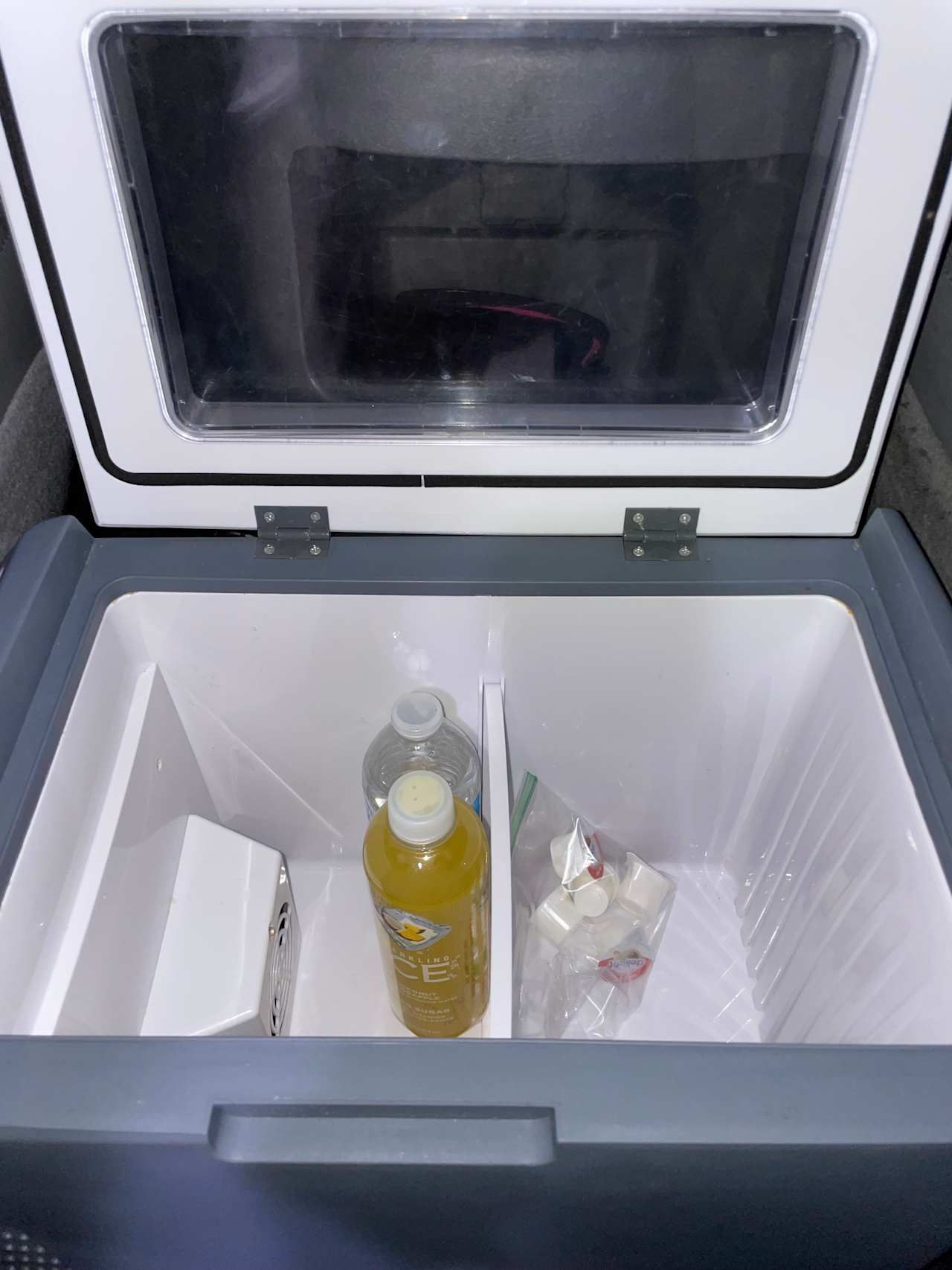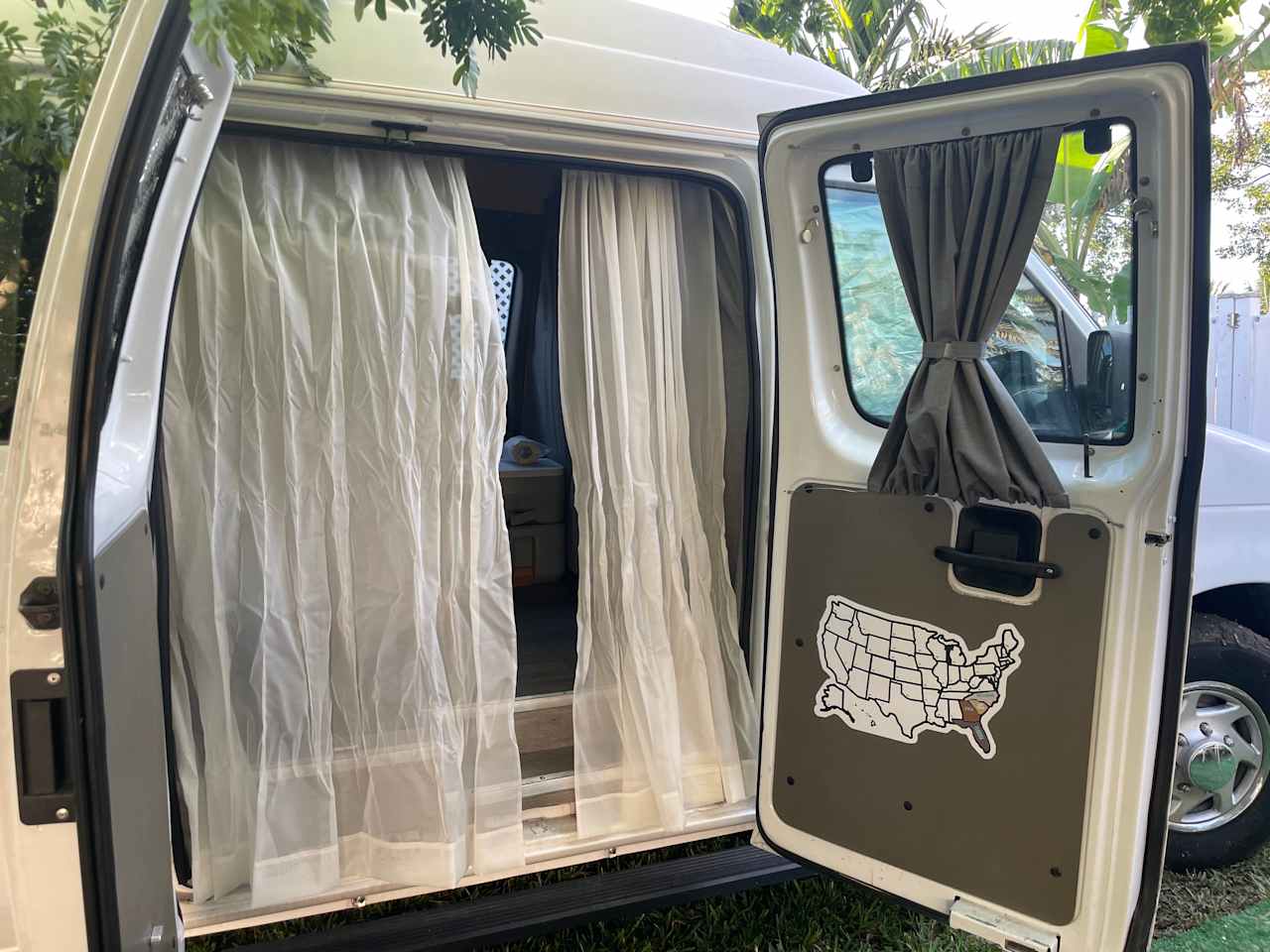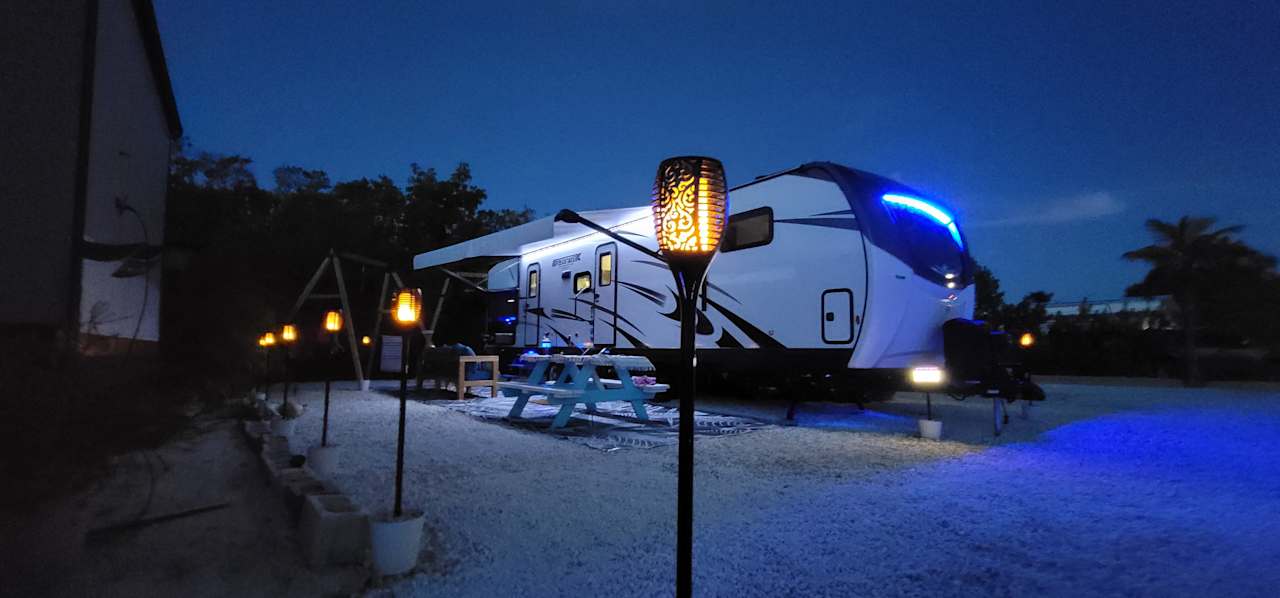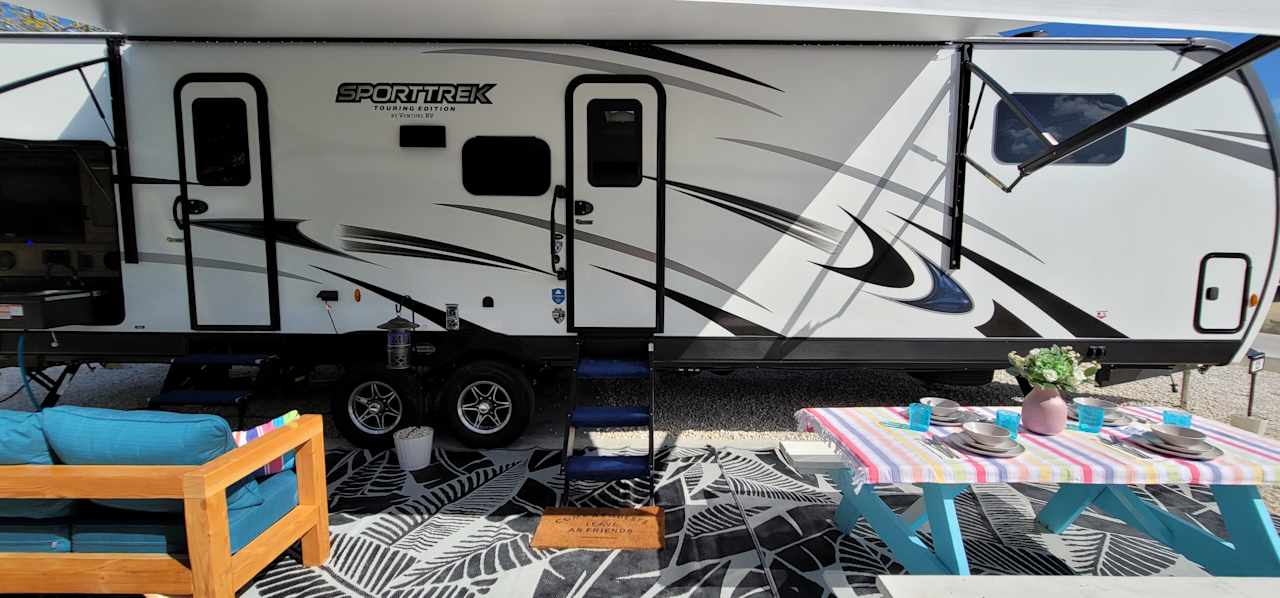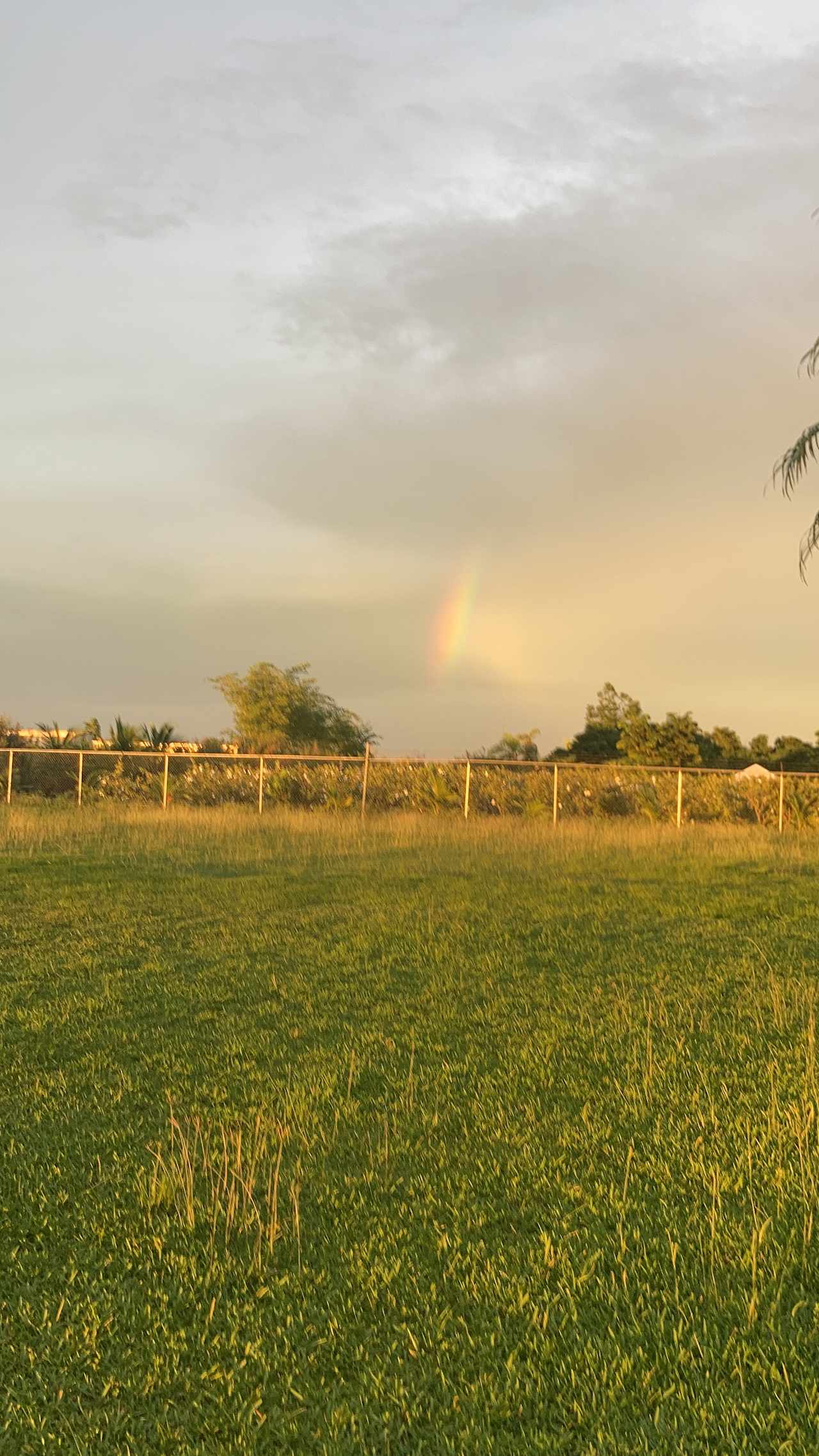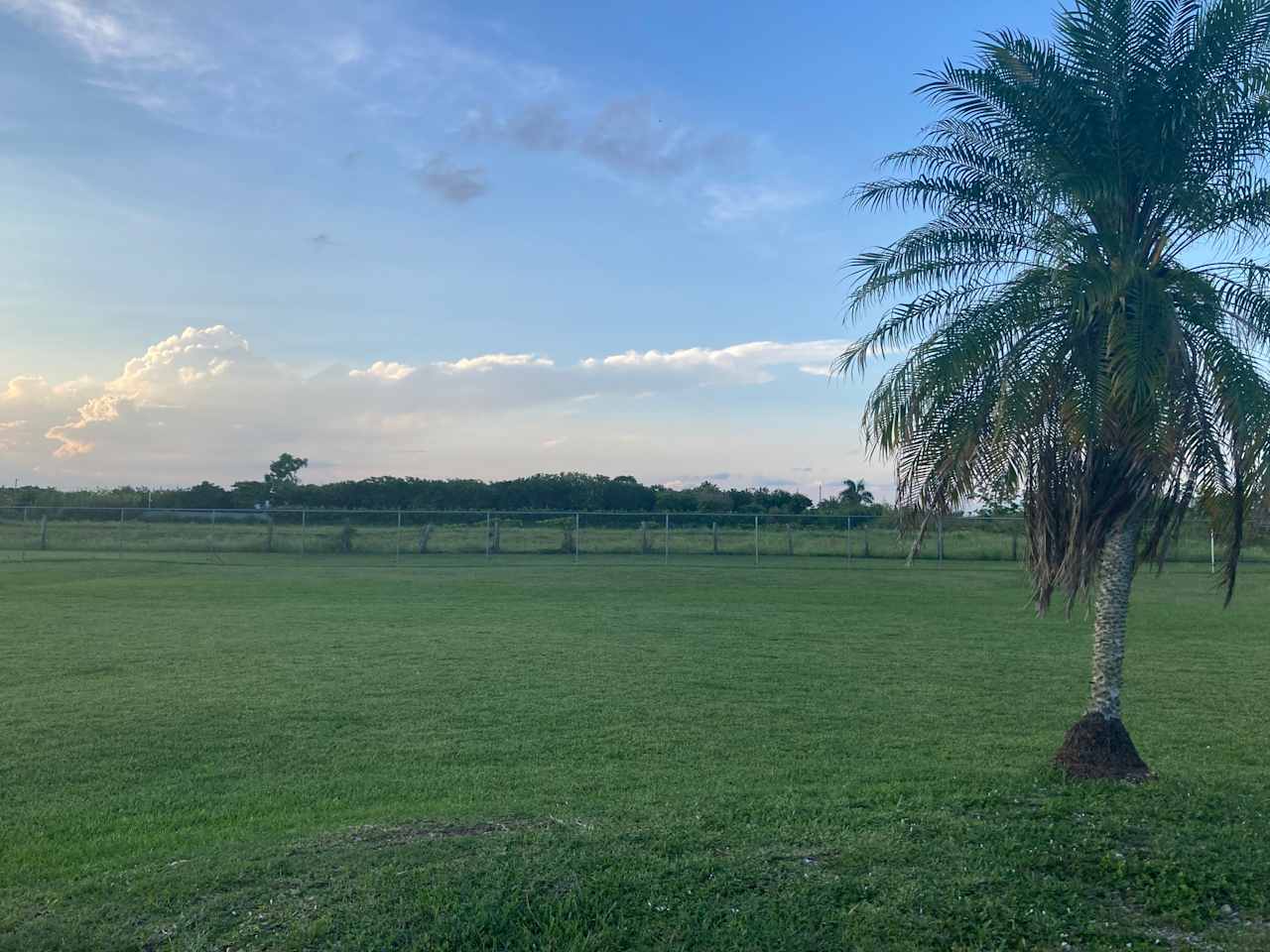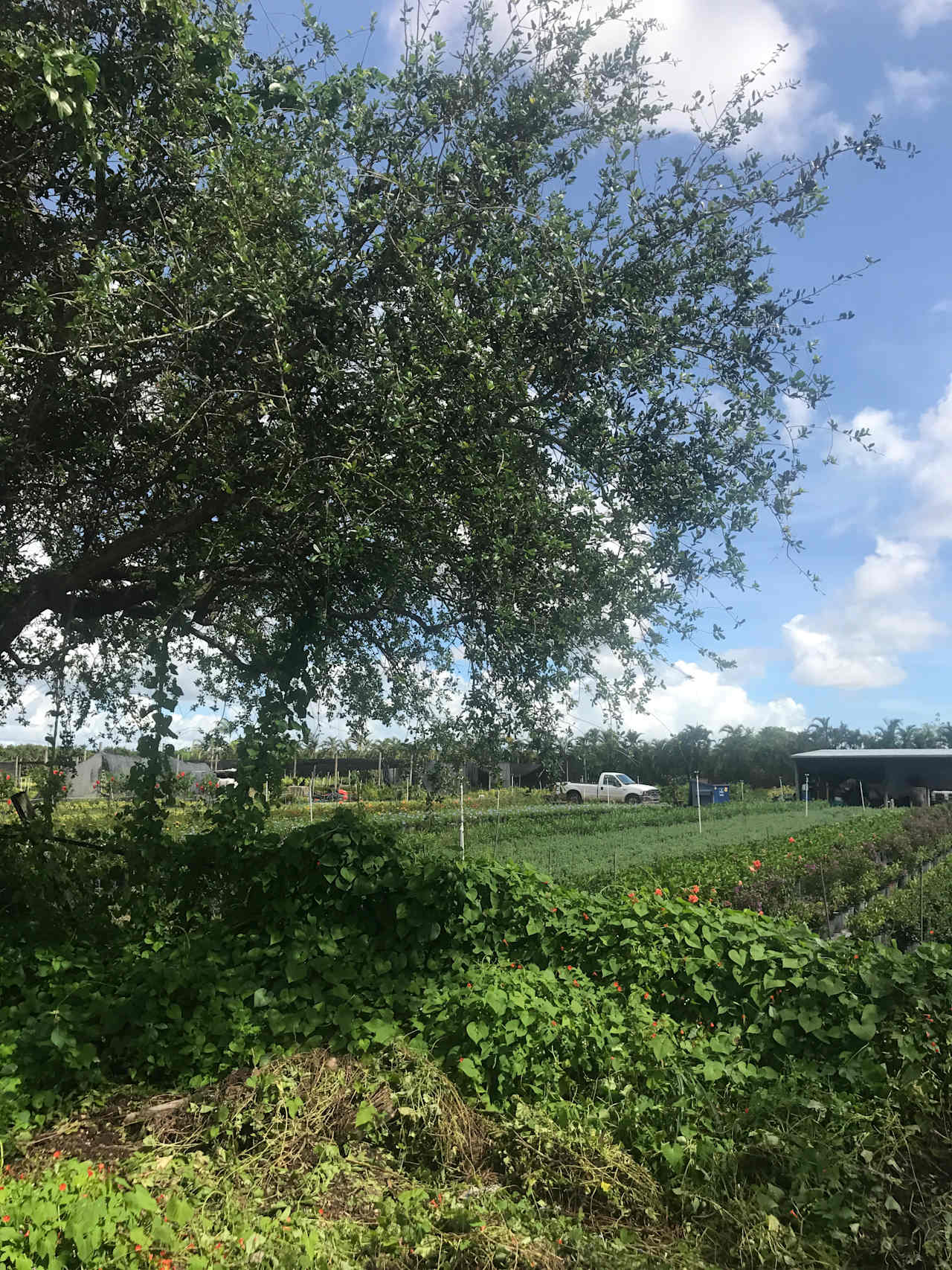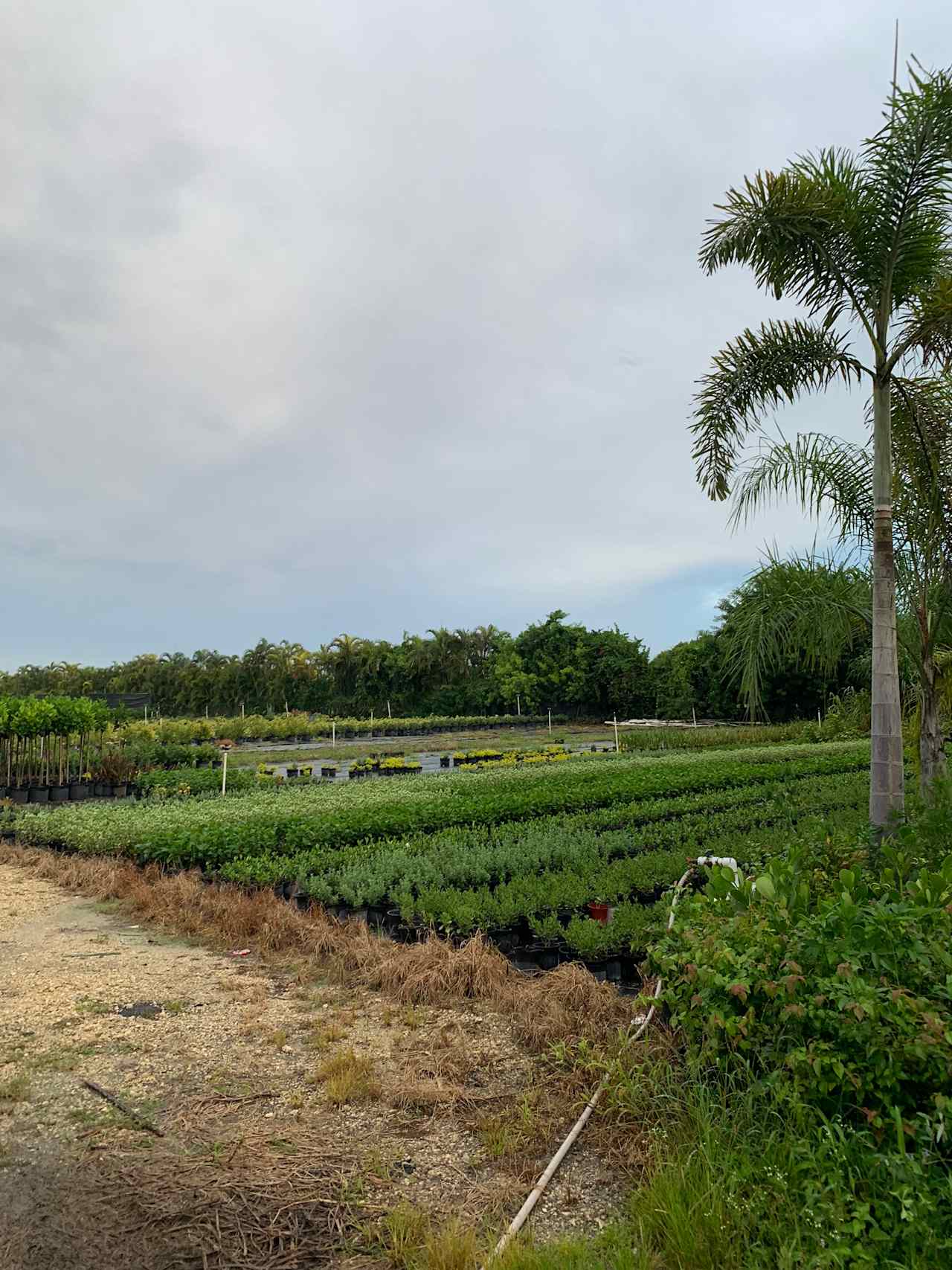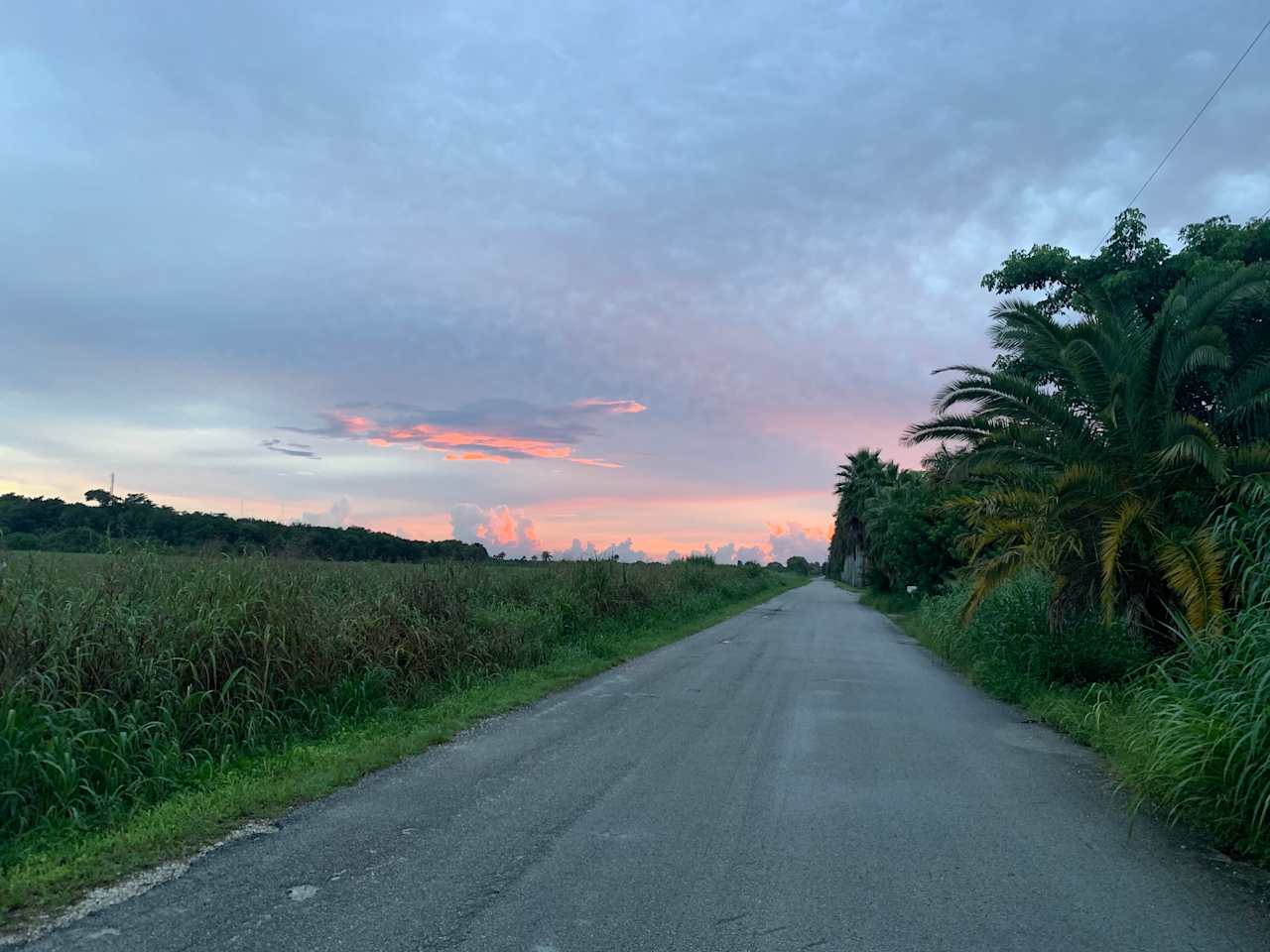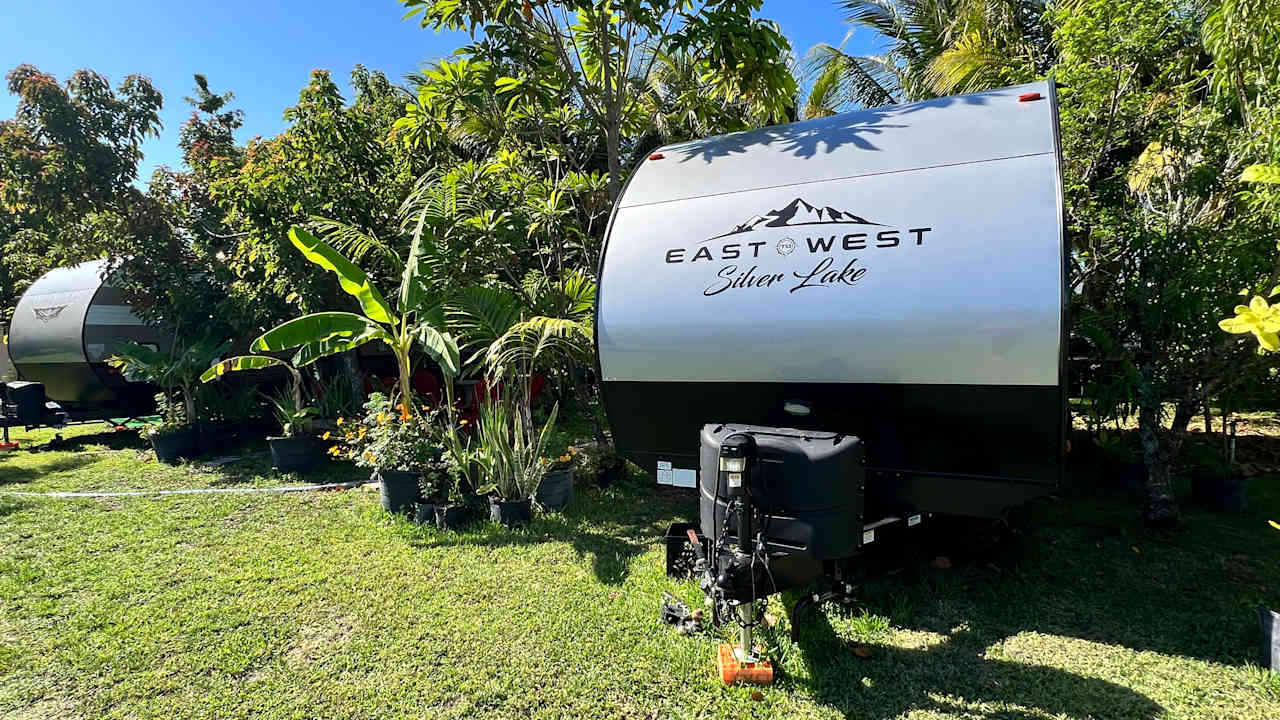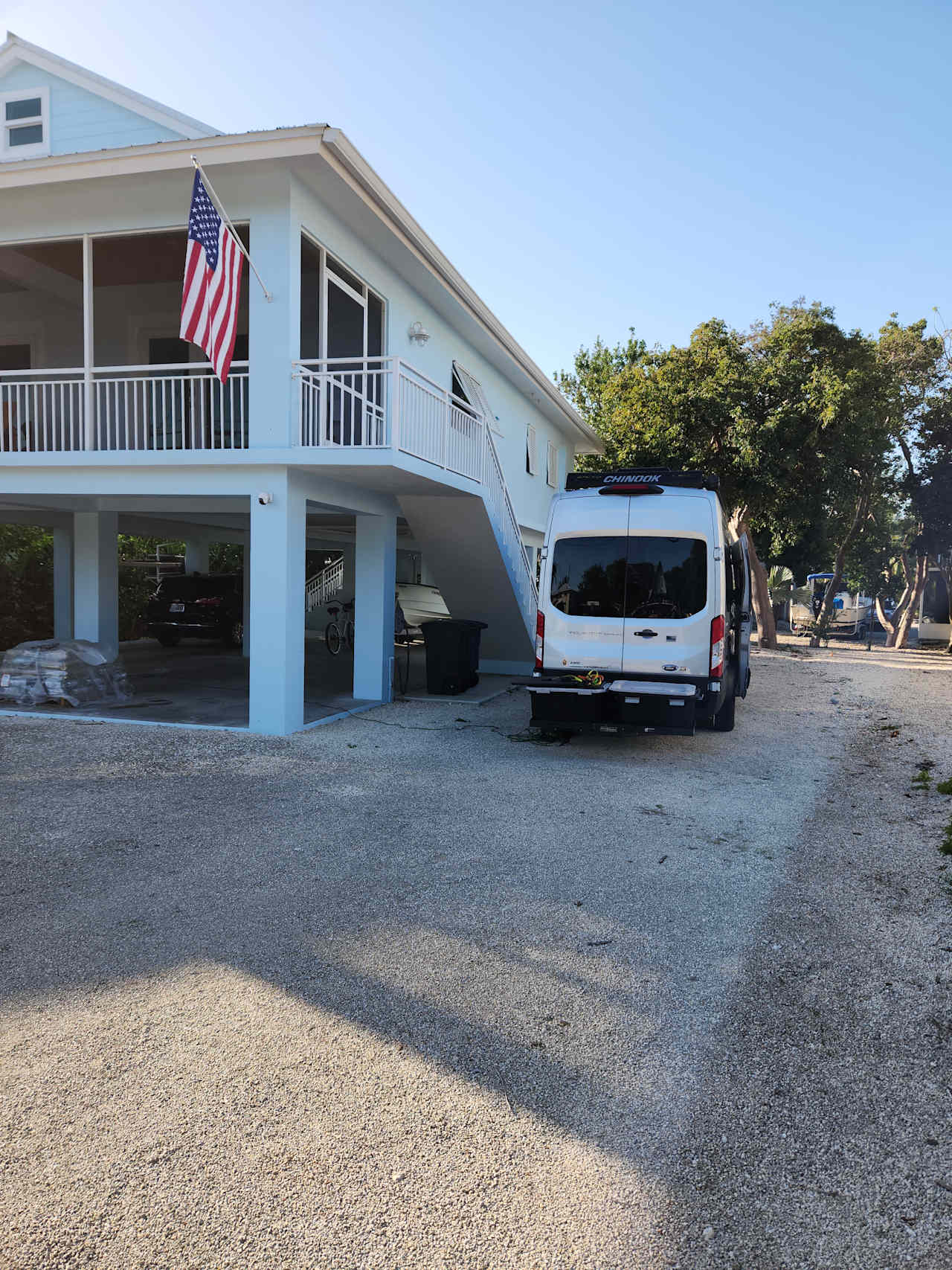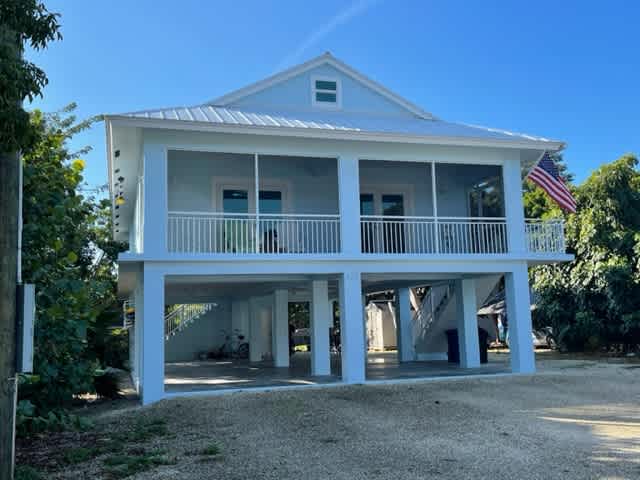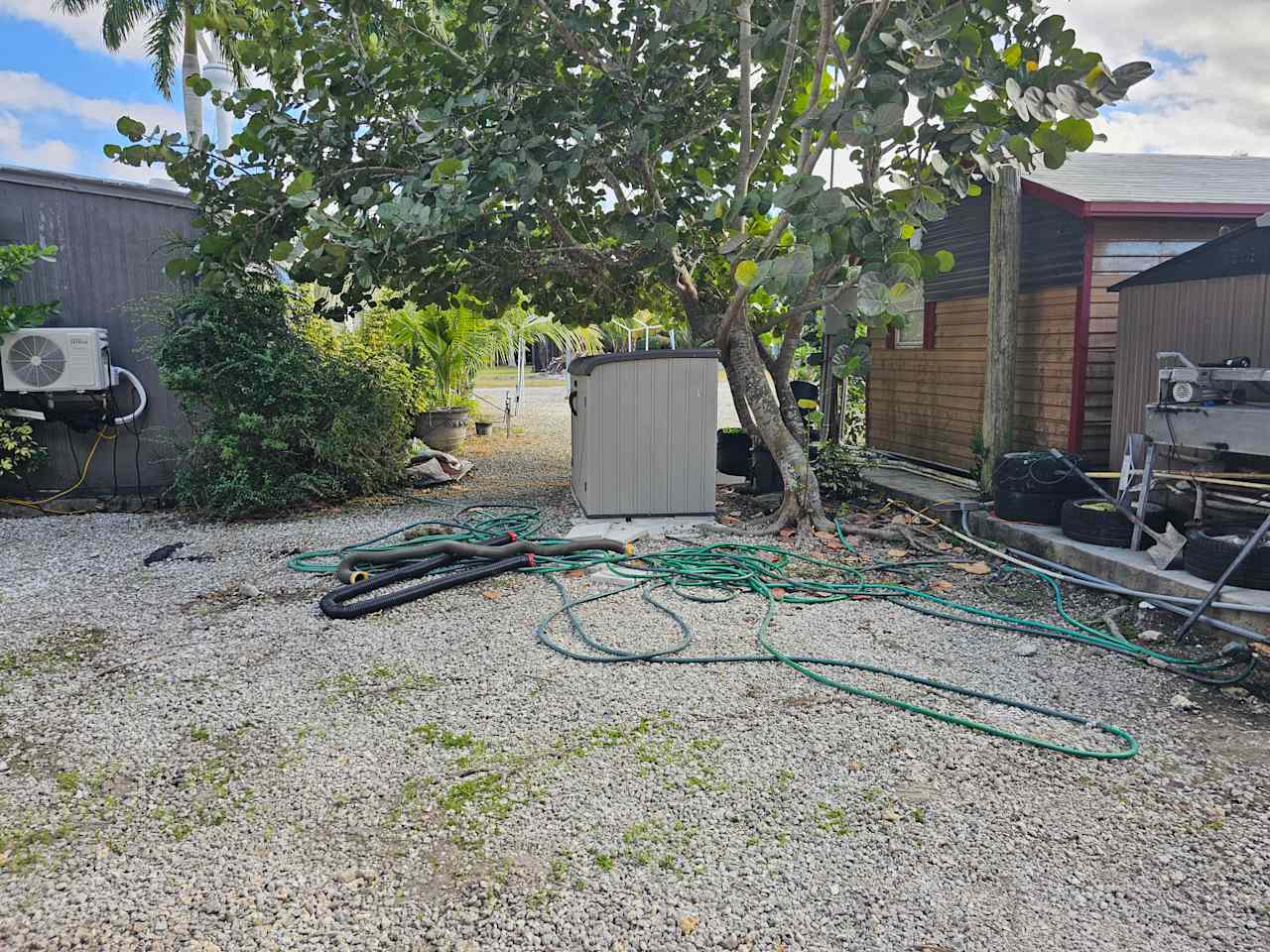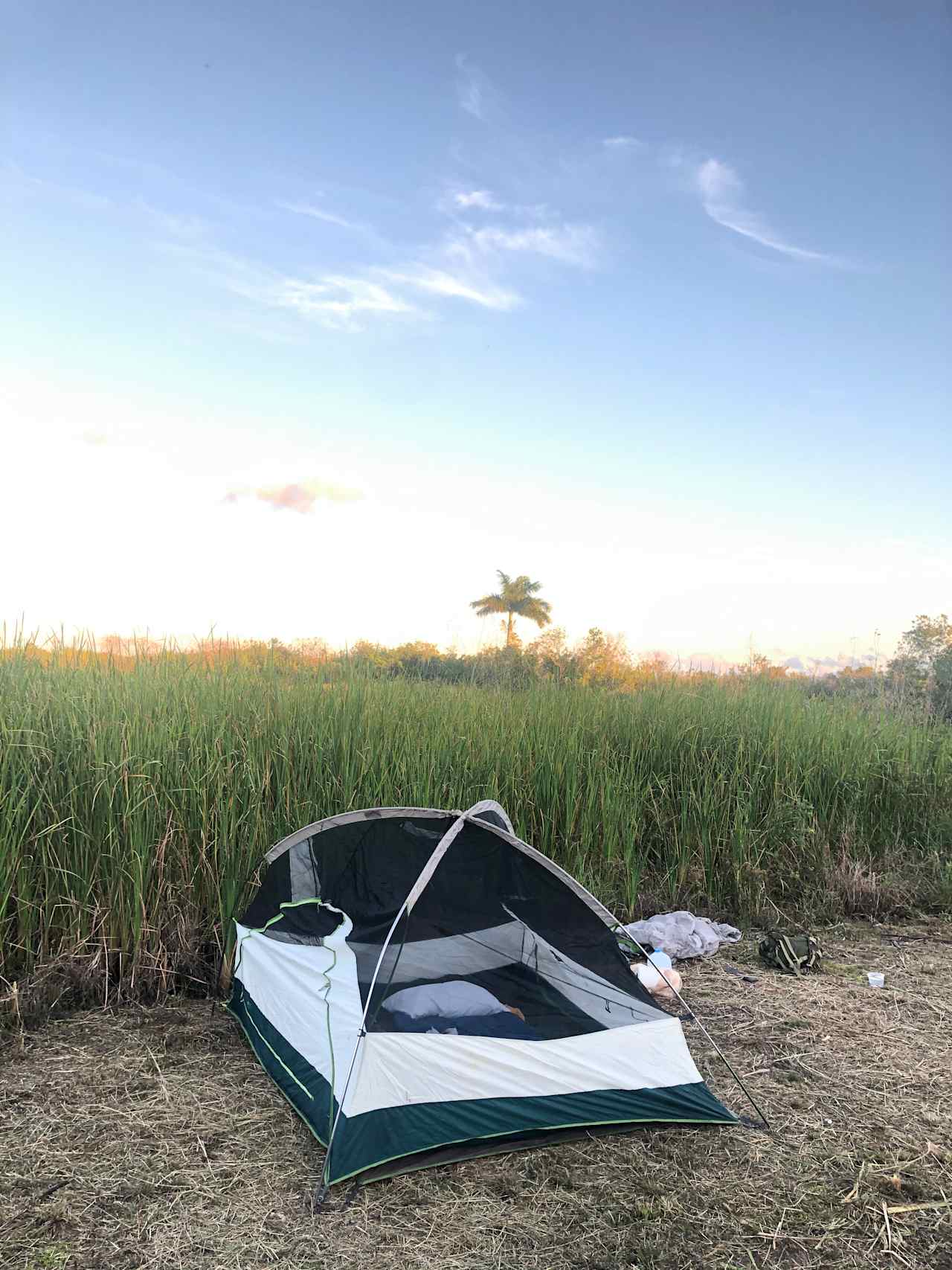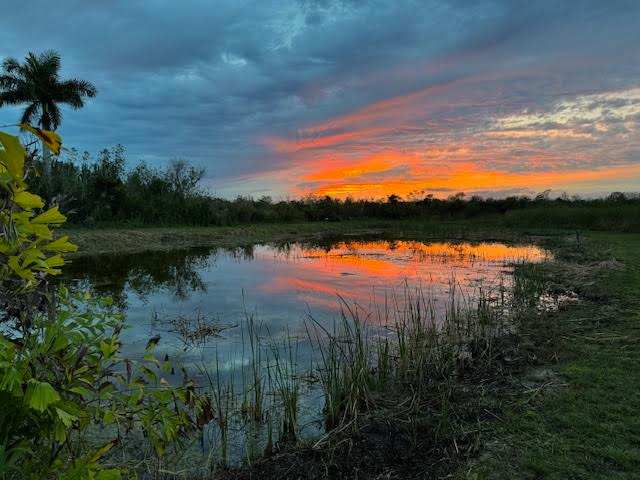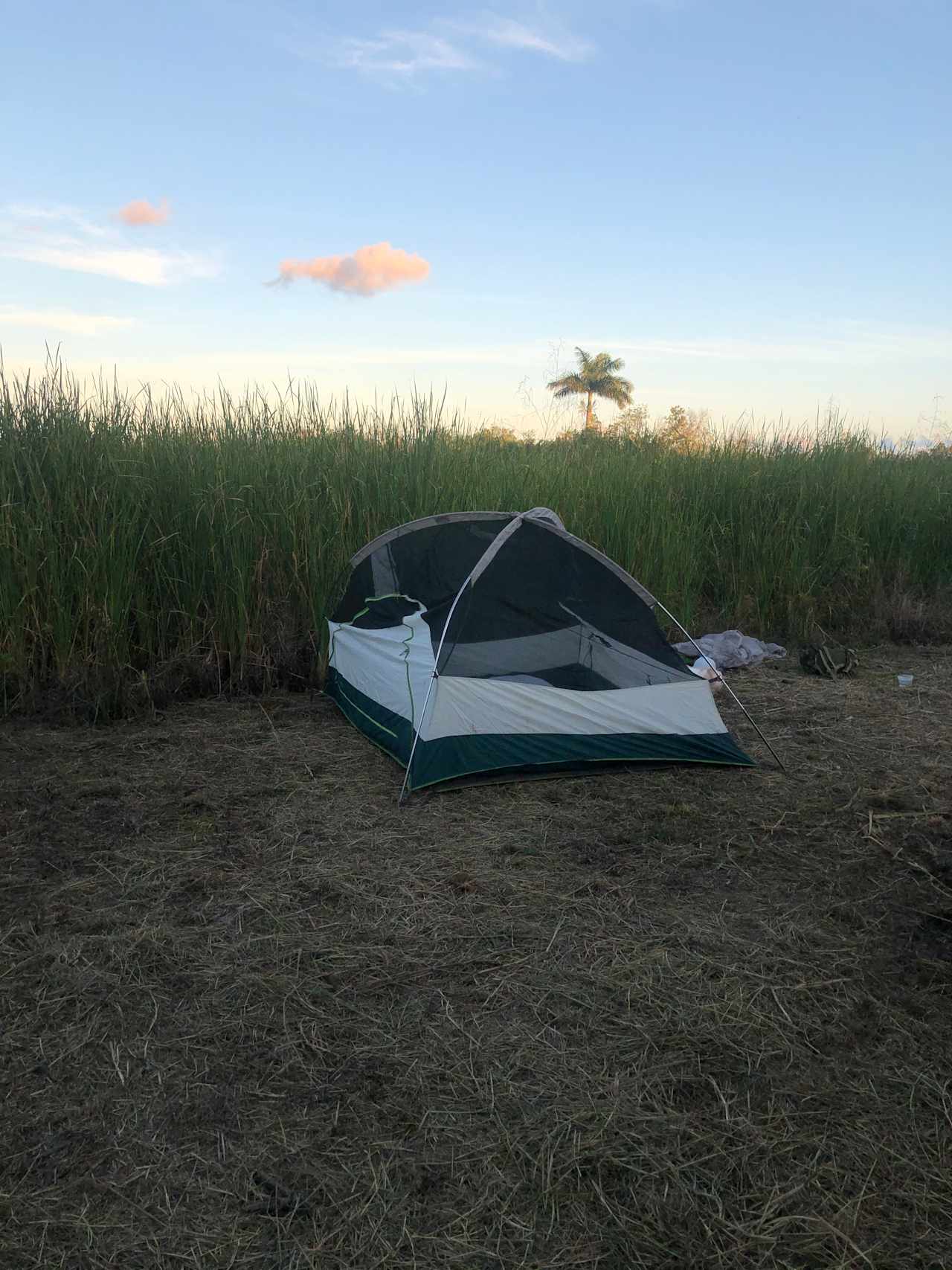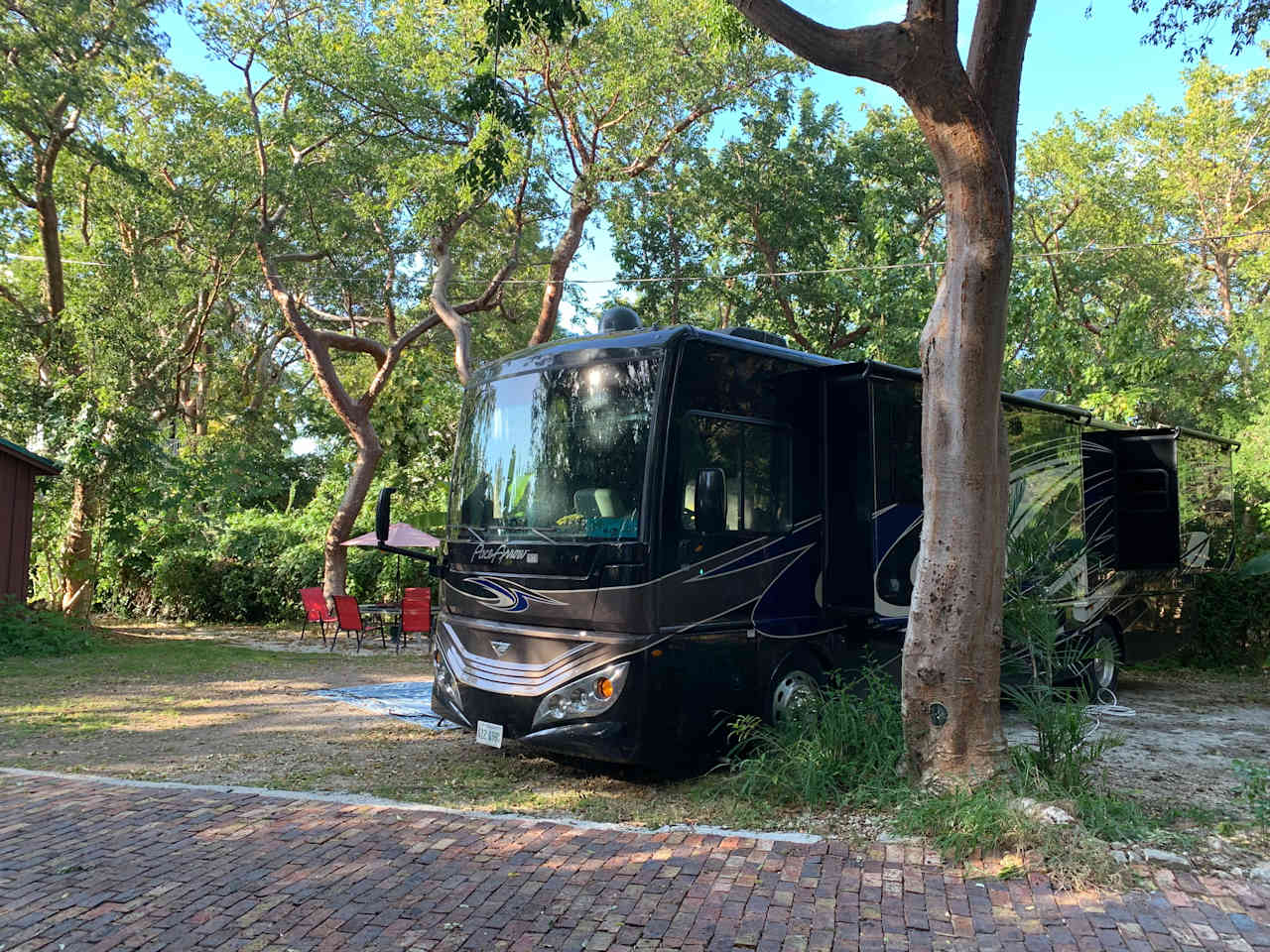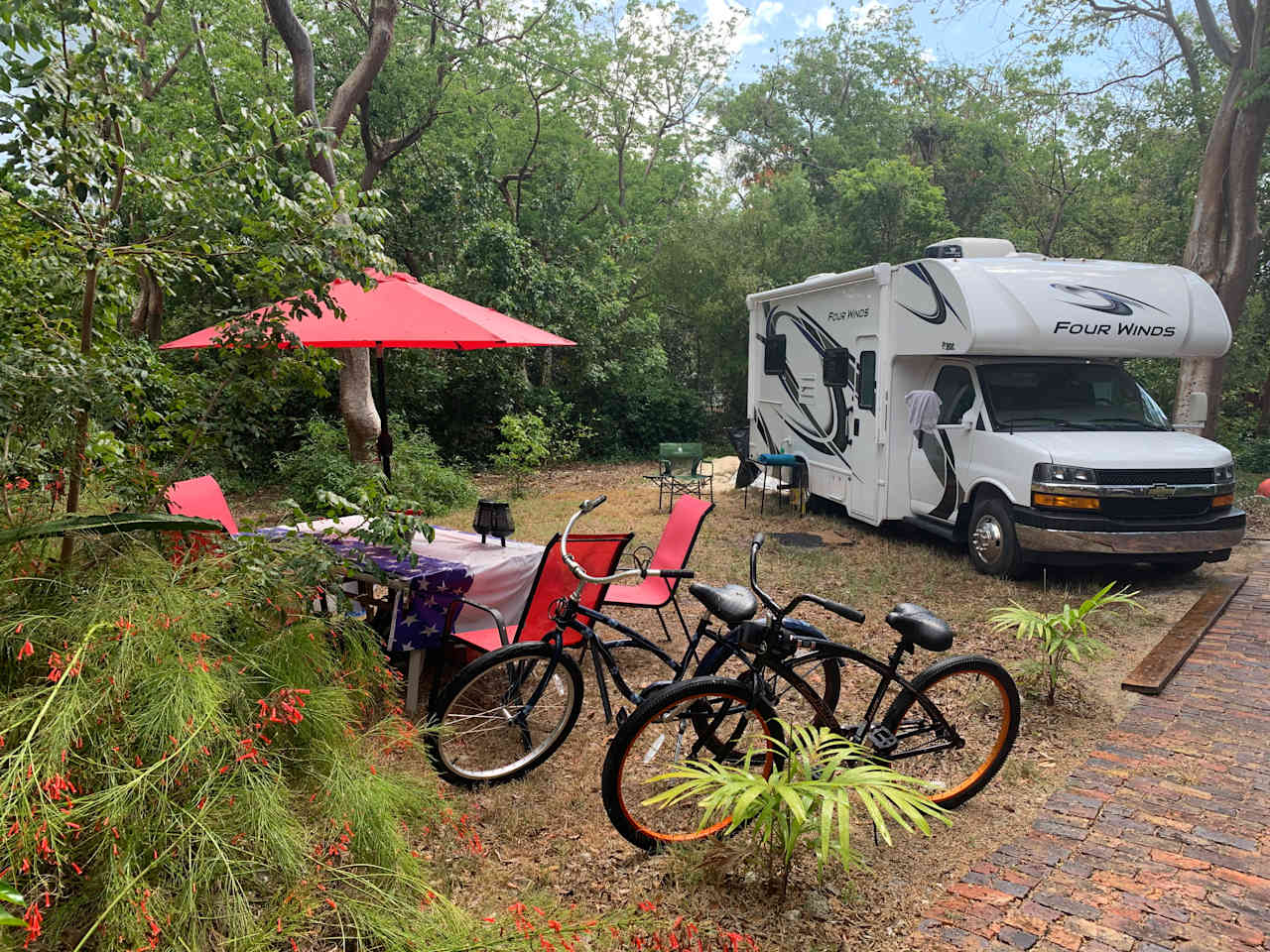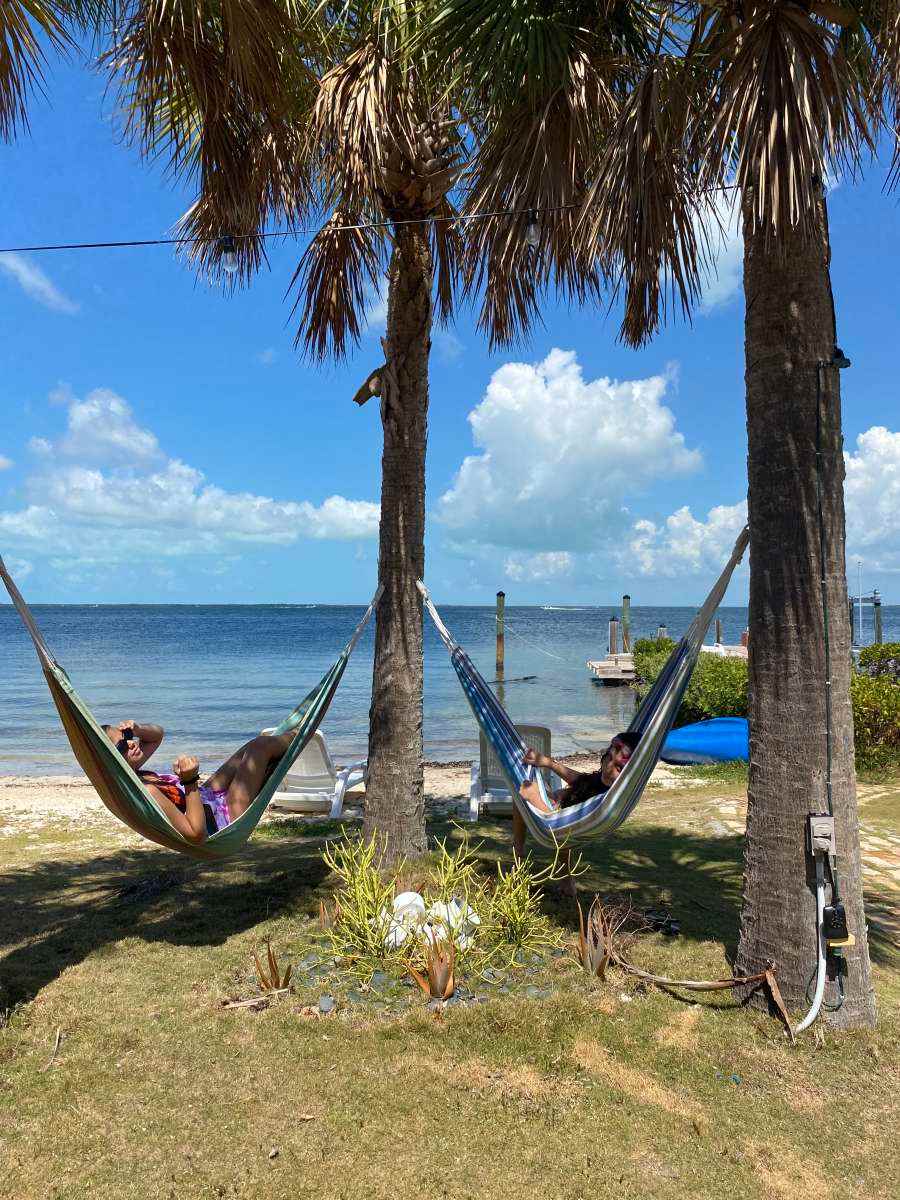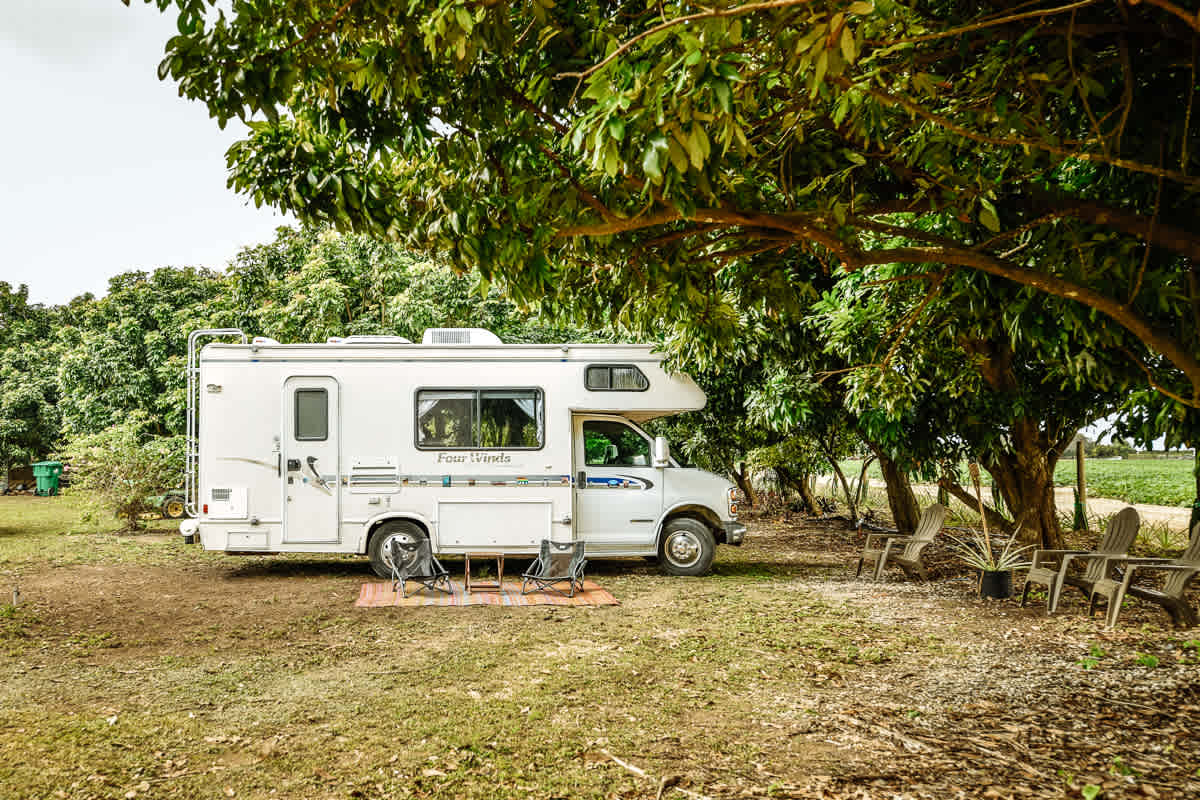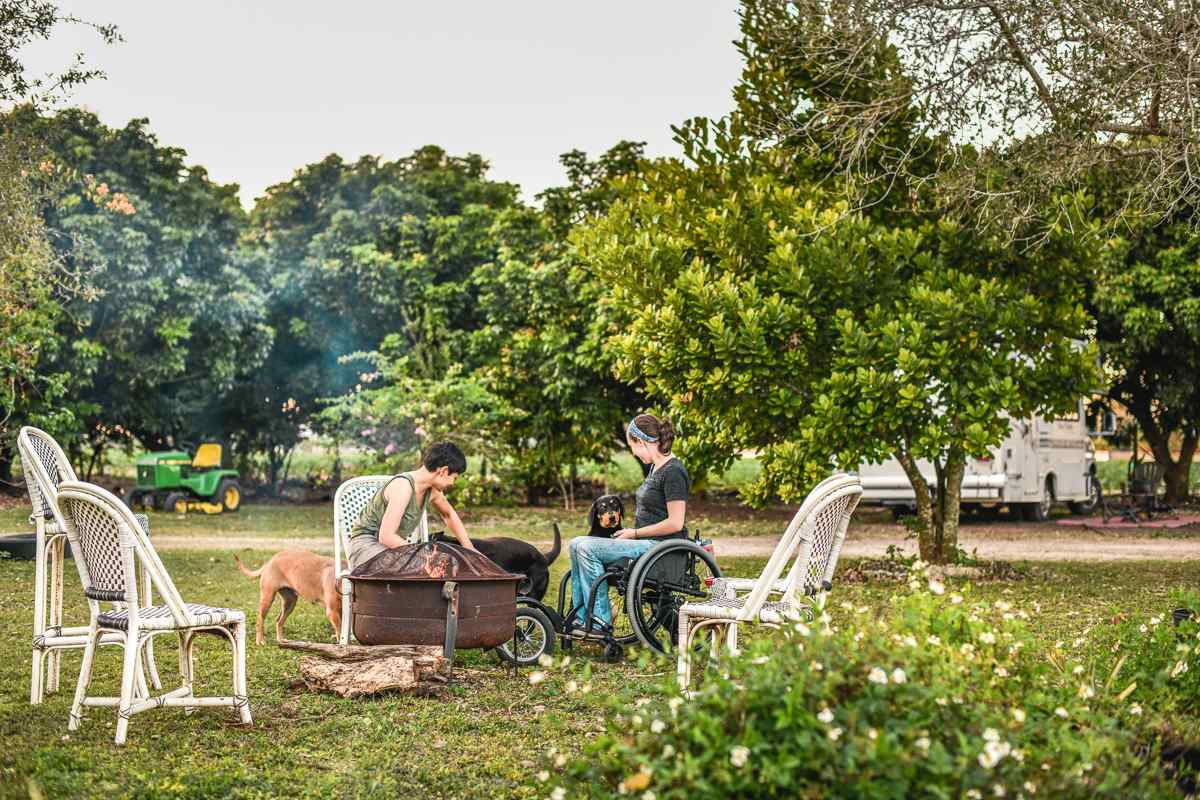The best camping near San Pedro Underwater Archaeological Preserve State Park
Discover the most magical spots to pitch your tent or park your rig on your next San Pedro Underwater Archaeological Preserve State Park adventure.
Dive into history at San Pedro Underwater Archaeological Preserve.
Popular ways to camp
Community favorites near San Pedro Underwater Archaeological Preserve State Park
Top-rated campgrounds reviewed by the Hipcamp community.
Breezy Pines RV Resort
RV Haven: Keys, Glades, Miami
Tropical Getaway
Gateway to Paradise
Pelican Point
C and M Farm
Frogs Pad 🐸
Top-rated campgrounds near San Pedro Underwater Archaeological Preserve State Park
Gate to the Keys
Islandmorada Water Retreat
Redlands Palmgrove
Gods Country in Miami
Bayside beach, fishing and camping
Freshgardens Everglades (RV only)
The best camping near San Pedro Underwater Archaeological Preserve State Park guide
Overview
About
Dive into the depths of adventure on your next San Pedro Underwater Archaeological Preserve State Park camping trip. This unique underwater preserve boasts a submerged shipwreck that is a haven for diving and snorkeling enthusiasts. Immerse yourself in history as you explore the remains of the San Pedro, a Dutch-built ship that met its fate in a hurricane on July 13, 1733. Located in Hawk Channel near Indian Key, the San Pedro preserve offers a captivating glimpse into the past. After extensive salvage efforts in the 1960s, what remains of the ship is a fascinating pile of ballast stones, spanning an impressive area of 90 feet long and 30 feet wide. To enhance the experience, the site has been adorned with seven replica cannons, an anchor, and an informative plaque, providing visitors with a deeper understanding of the ship's story. But it's not just the shipwreck that makes this camping destination a must-visit. The marine life that calls this underwater site home adds an extra layer of wonder to your adventure. As you explore the depths, you'll encounter a vibrant array of marine creatures, from colorful fish to graceful sea turtles. It's a truly immersive experience that will leave you in awe of the natural beauty that lies beneath the surface. For those seeking a camping destination that offers a unique blend of history and natural wonders, camping near San Pedro Underwater Archaeological Preserve State Park is the perfect choice. Dive into an unforgettable adventure and create memories that will last a lifetime.
When to go
The best time to visit San Pedro Underwater Archaeological Preserve State Park is during the calm and clear water conditions of late spring through early fall. Visibility is key for enjoying the underwater sights, so aim for days with good weather. Winter can bring rougher seas, which may affect visibility and accessibility to the dive site.
Know before you go
- Check weather conditions before your visit, as they can greatly affect underwater visibility.
- Use the mooring buoys provided to prevent anchor damage to the preserve.
- No entry fee is required, making it an accessible adventure for all.
- Remember that the removal of artifacts is strictly prohibited by law.
- For those new to diving or snorkeling, consider visiting with a guided tour for safety and information.
Top parks near San Pedro Underwater Archaeological Preserve State Park
Top cities near San Pedro Underwater Archaeological Preserve State Park
- San Pedro Underwater Archaeological Preserve State Park

